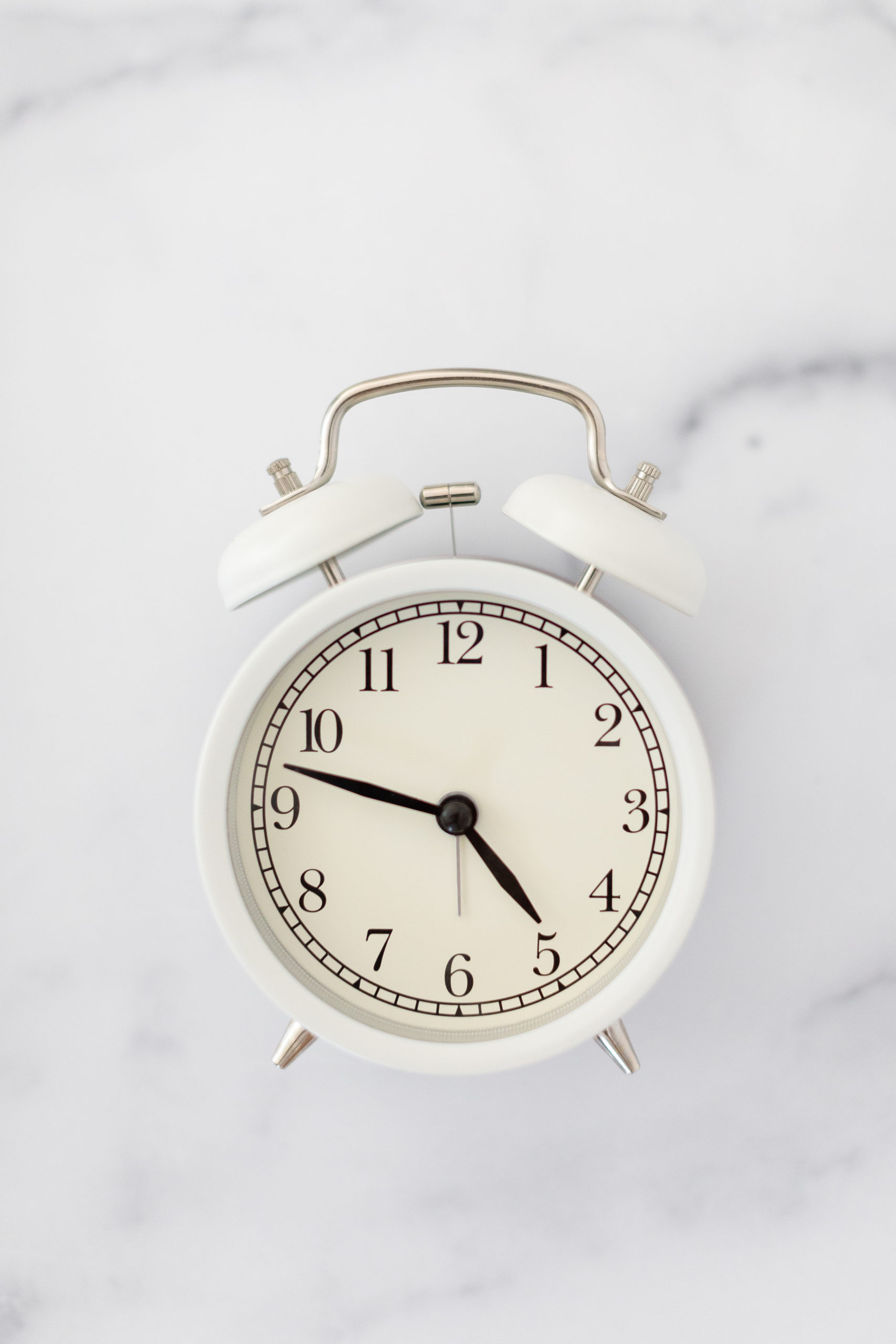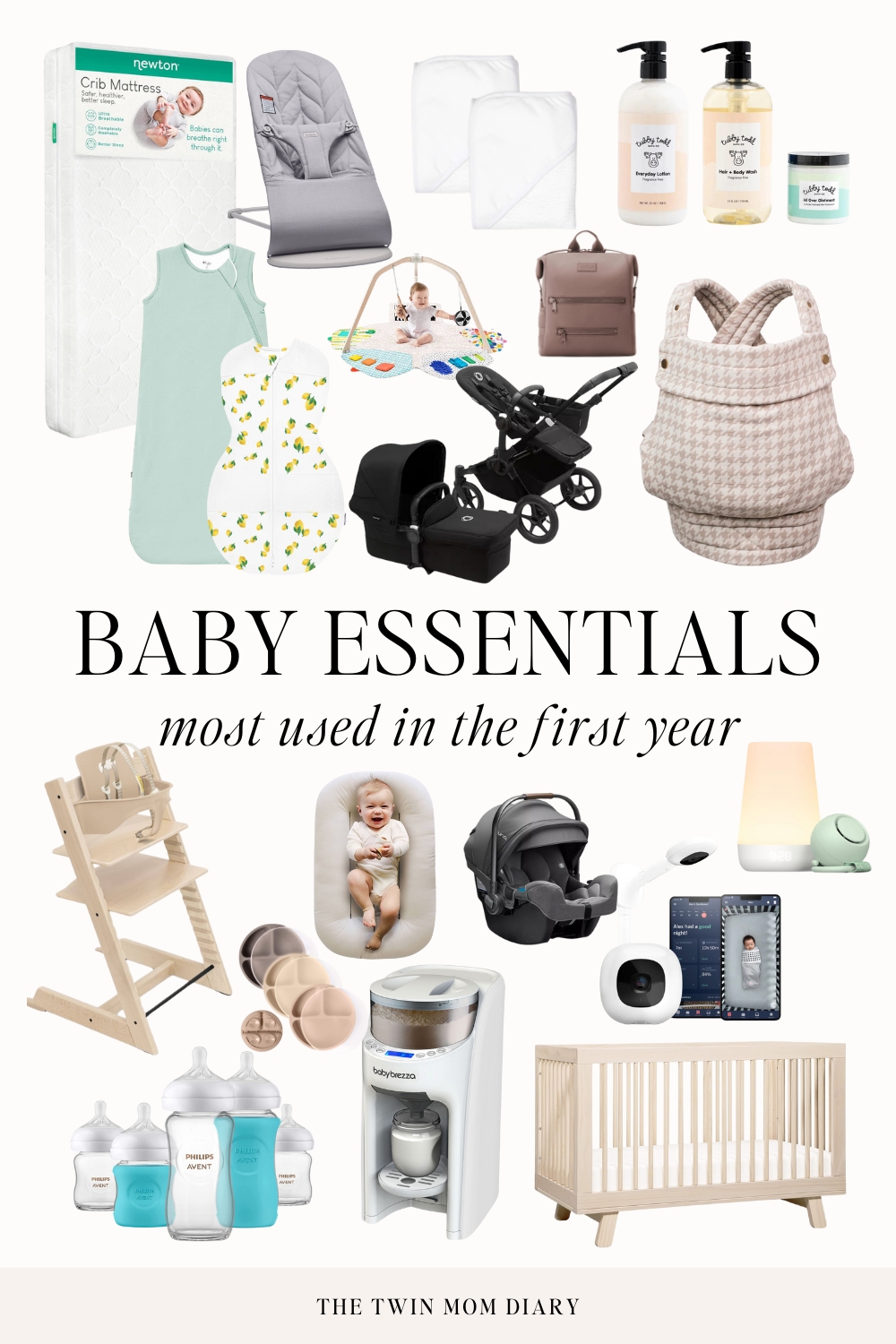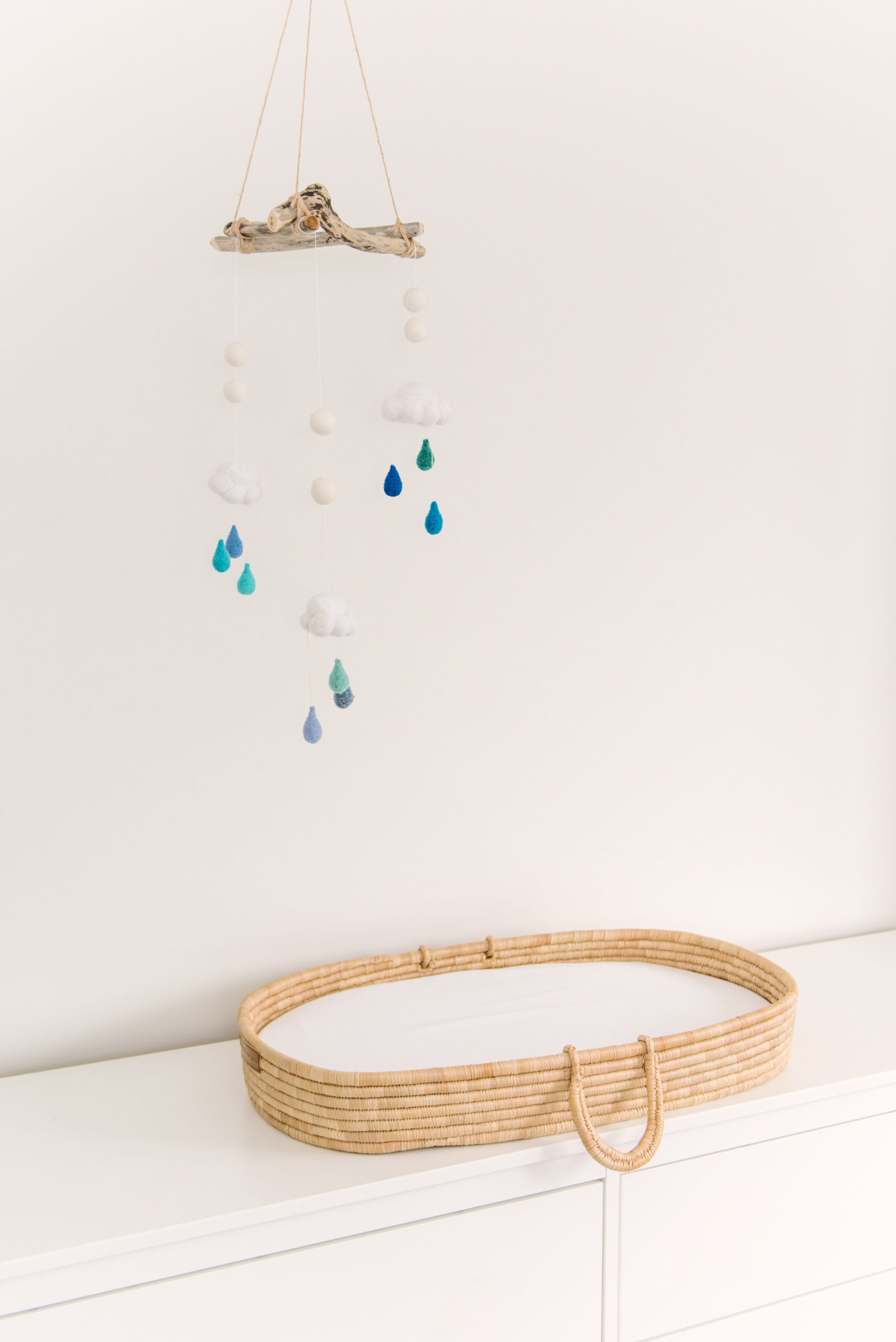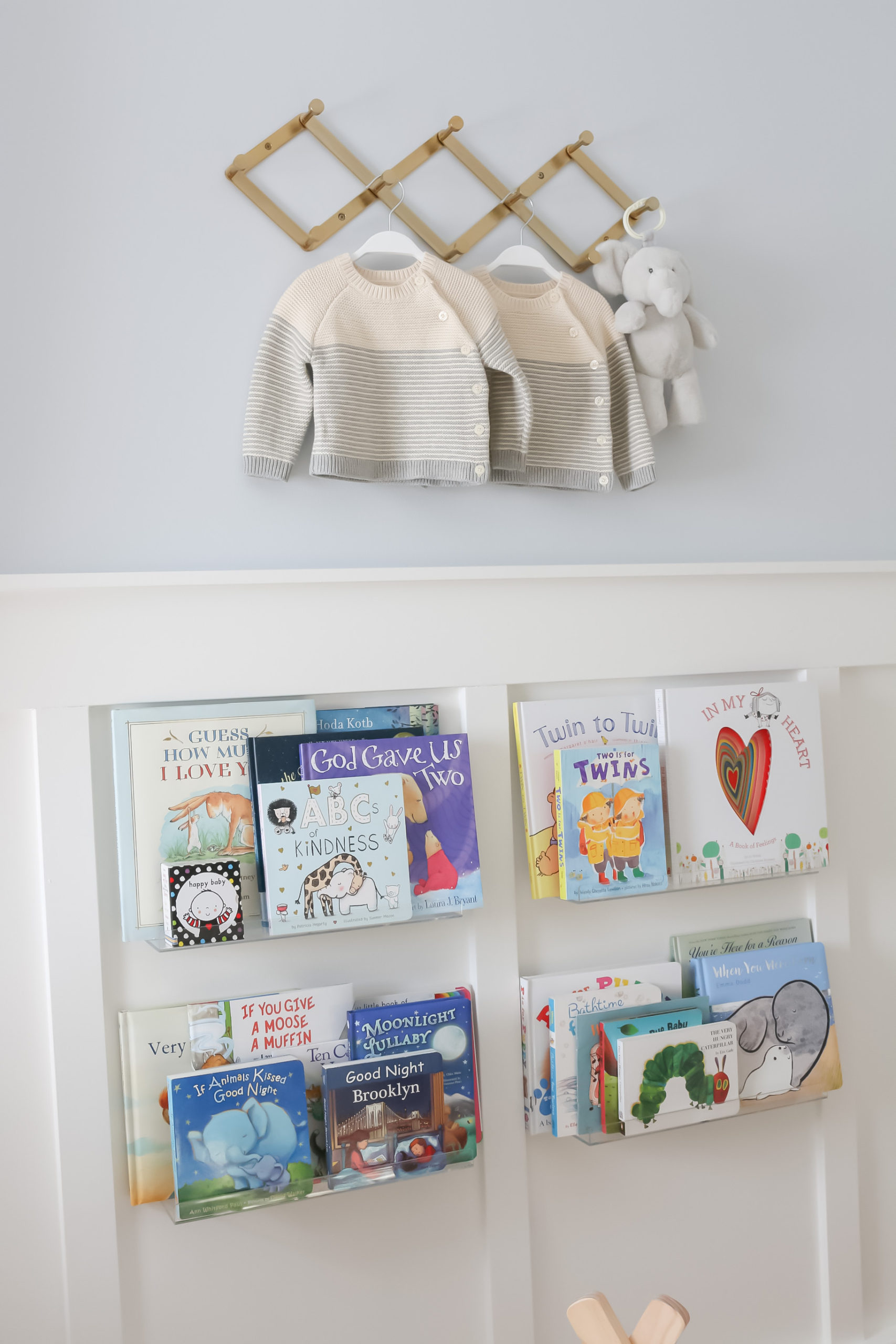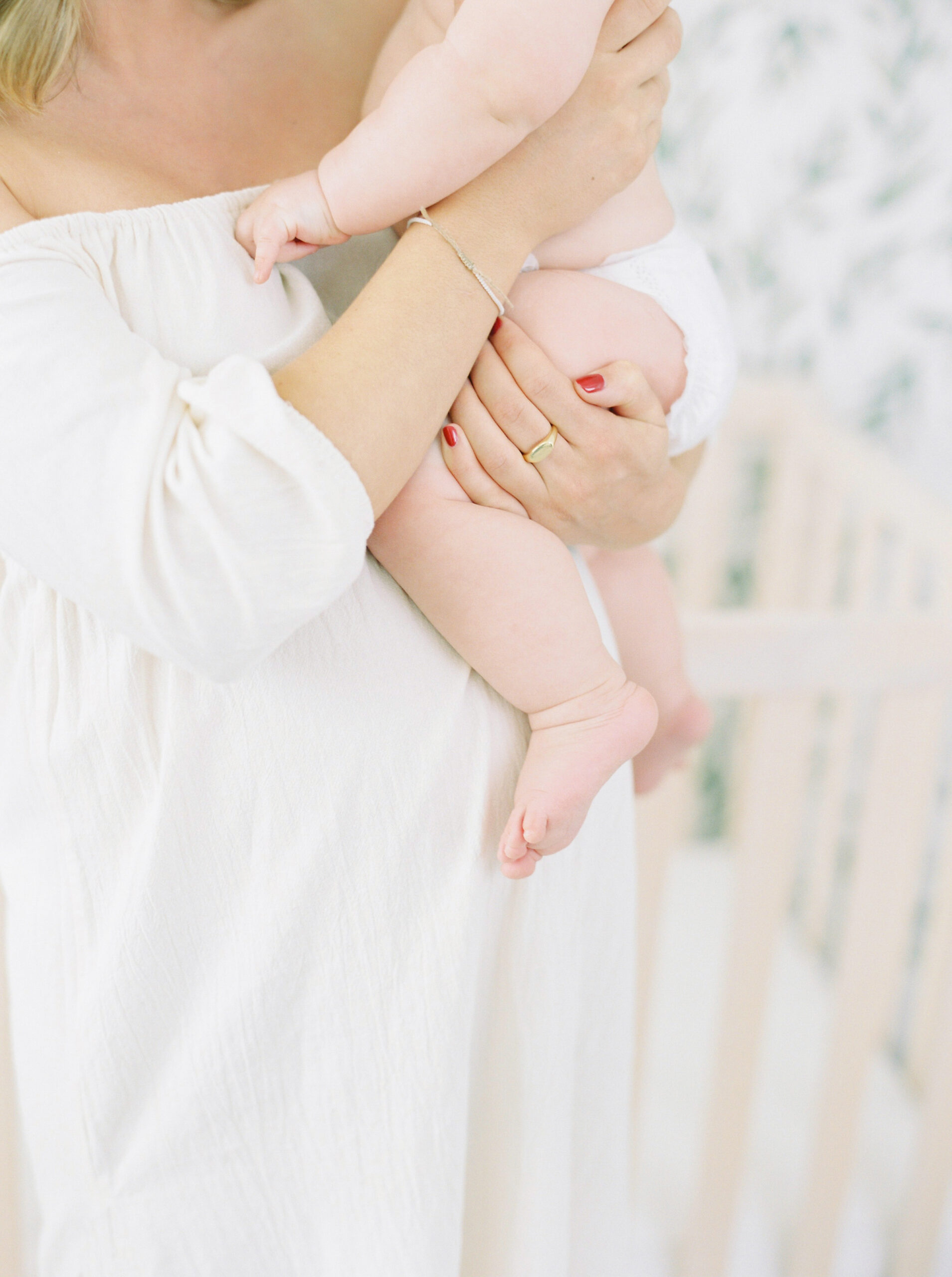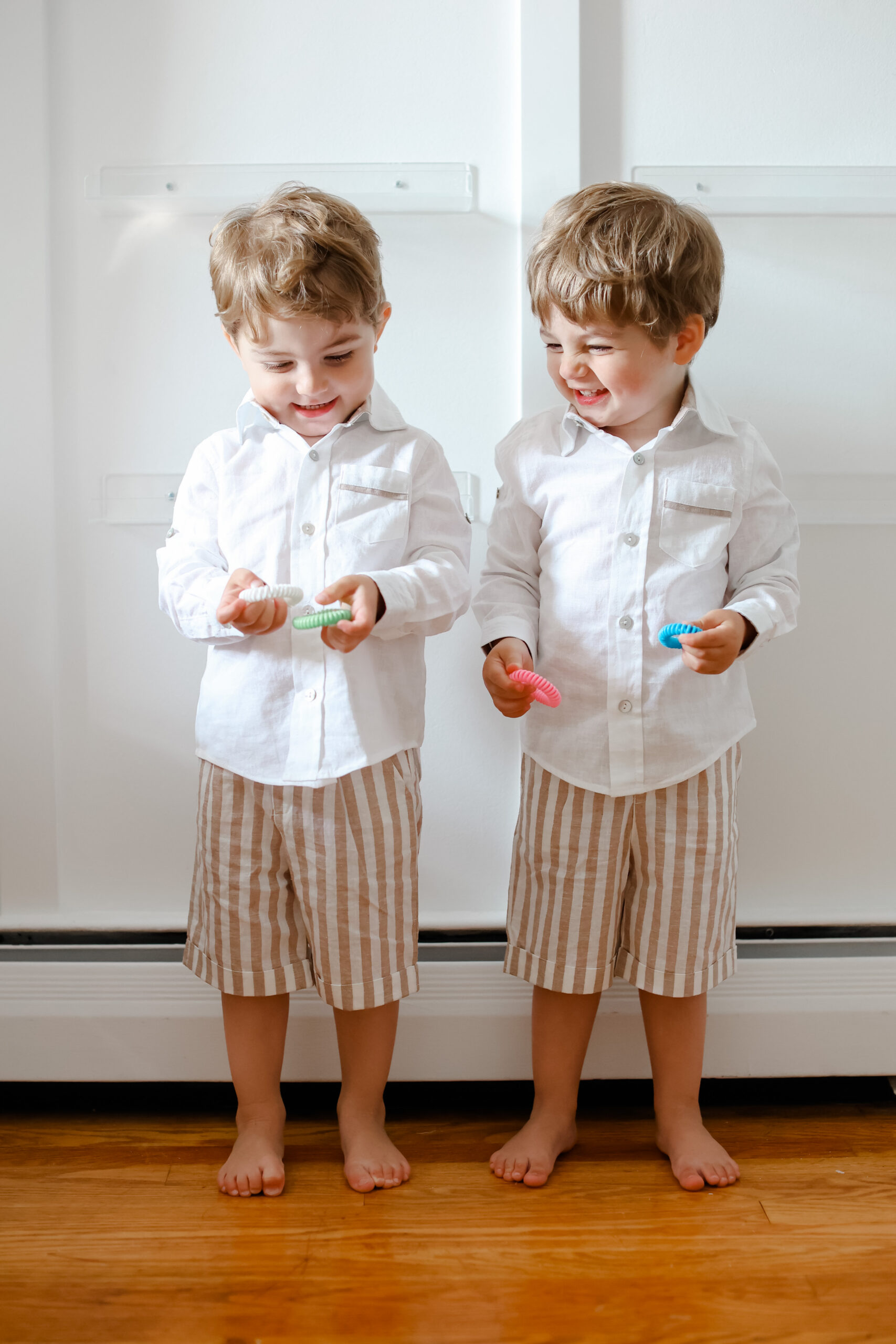You probably heard the term wake window and how important it may be to stick to one. In this post we will go into details explaining what wake windows are. Why wake windows are so important. The perfect wake window for your baby’s age and how to know if you are in the perfect range.
What are wake windows?
A wake window is the amount of time your child is awake when they are picked up from the crib and then placed back in their crib for naps or night time sleep.
Wake windows include everything while your baby is out of the crib / bassinet. This includes feedings, diaper changes, play time, spending time outside, nap time routines and bedtime routines.
Why are they so important?
Wake windows actually play a huge role when it comes to your baby’s sleep. Knowing your baby’s wake window will help them fall asleep easier and stay asleep longer.
If the wake window is too short, your baby is not tired enough and they will have a harder time falling asleep and staying asleep. You may hear babbling and just happily laying in their crib resulting in cat naps.
On the other hand, if the wake window is too long, your baby will become overtired. They will have a hard time calming down, become extremely upset and have a harder time going down to sleep and staying asleep.
Getting the wake windows just right will enable your baby to fall asleep easier, stay asleep and be in a happier mood!
What is the perfect wake window for my baby’s age?
The goal is to find the right wake window for your baby’s age. I recommend always starting with the first wake window to be shortest and gradually increasing them through the day. Your last wake window, right before bedtime should be the longest.
Below are the recommended wake windows for your child’s age:
- 0-2 months – 40 to 60 minutes
- 2 months – 60 to 90 minutes
- 3 months – 1.5 to 1.75 hours
- 4-6 months – 2 to 2.5 hours
- 7-10 months – 2.5 to 3.5 hours
- 11-14 months – 3 to 4 hours
- 15-36 months – 4 to 6 hours
Remember these are just general guidelines. If you see that your child is showing signs of being tired such as crankiness and struggling to stay awake, stay on the shorter end of the wake window. If you see that your child is alert and happy, aim for the longer end of the wake window.
How do I know if my wake window is right?
Babies develop so fast ESPECIALLY in the few months of their life and it is so important to keep adjusting as they change.
Finding the perfect wake window for your baby could be a little bit of trial and error. One way to know you got it right is that the baby is falling asleep within 10 mins of being put into the crib / bassinet and your baby is sleeping good consolidated stretches.
Remember naps and sleep can also be impacted by sleep regressions. Sleep regressions happens at 4 months, 6 months, 9 months, 12 months, 18 months and 2 years. They can impact sleep and naps. See this sleep regression guide to know what to expect and how to beat.
Screen Shot this & SAVE IT!

Read more on the Blog:
4 REASONS FOR SHORT NAPS AND HOW TO SOLVE THEM
